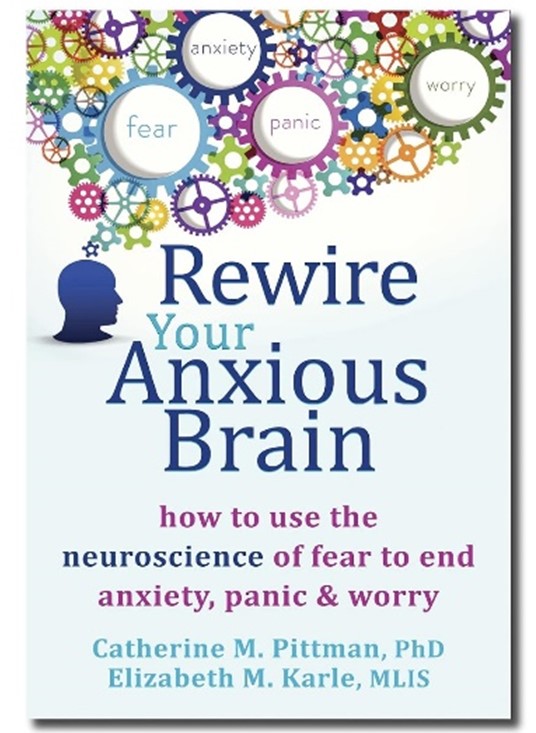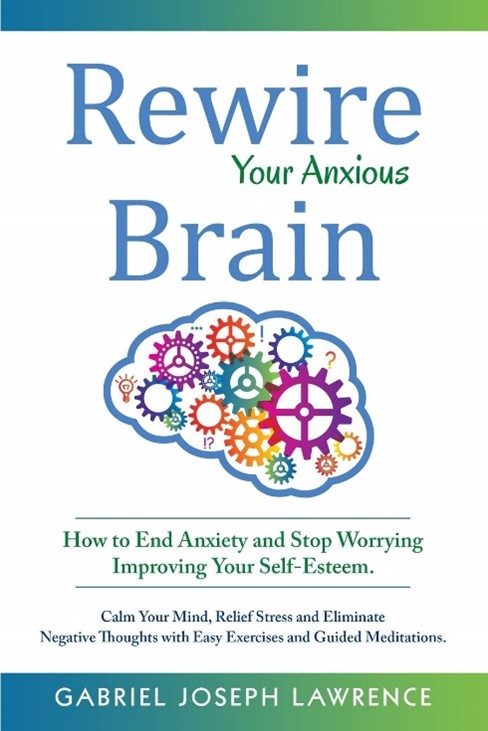Issue 133
Term 2, 2025
How to spot a plagiarised work
SCIS cataloguer Laura Iseman explores the challenges of identifying plagiarised works in the age of self-publishing and Generative AI, offering practical tips for librarians to distinguish genuine titles from deceptive imitations.
The advent of self-publishing has enabled many aspiring authors to realise their dream of seeing their work in print. Authors writing for niche markets, whose work lacks the popular appeal to attract a large publisher, can find their audience.
Unfortunately, this ease of publication and the related lack of editorial oversight has also led to an extensive traffic in plagiarised works. The development of Generative AI has allowed unscrupulous persons to generate a large volume of low-quality material. Sometimes these bad actors attach the name of respected authors to their works to fool customers. Sometimes they use similar titles and cover art to draw the eye.
It can be difficult to identify these deceptive works, particularly when buying them online. Here is an example of just such a plagiarism, beside the original, well-respected work.
Original

Rewire your anxious brain:
How to use the neuroscience of fear to end anxiety, panic and worry.
ISBN: 9781626251137
Appropriated

Rewire your anxious brain:
How to end anxiety and stop worrying, improve your self-esteem, calm your mind, relieve stress, and eliminate negative thoughts with easy exercises and guided meditations.
ISBN: 9798627806785
At first glance, these might look like two editions of the same book. A closer look will reveal that they are by different authors. A request for this title may not have included the author’s name, so how does the harried school librarian determine which one is the recommended work? There are some subtle hints that can help with identification.
A first giveaway is the length of the subtitle in the Lawrence version. Excessively long titles are something modern editors resist and can be an indication of a self-published work. The typo in the subtitle – ‘relief’ rather than ‘relieve’ – is another red flag, as well as subtitles (or indeed titles) which make no grammatical sense. Another thing to look for is the Capitalisation Of Every Word – especially in subtitles.
It is also telling that the Lawrence version does not include details of a publisher, where the Pittman, Karle edition is published by New Harbinger Publications. The quality of the cover art can also be a sign, with reputable publishers employing skilled artists to produce covers.
Both titles can be purchased through Amazon, with the Lawrence title being more than 30% cheaper, making it even more attractive to the unwary purchaser.
Lastly, the quality of the content of the Lawrence work is inferior. A comparison between content extracts shows the difference in quality of accuracy, sentence structure and readability
Content Quality Comparison
| Original | Appropriated |
|---|---|
| ‘Anxiety is a complex emotional response that's similar to fear. Both arise from similar brain processes and cause similar physiological and behavioural reactions; both originate in portions of the brain designed to help all animals deal with danger. Fear and anxiety differ, however, in that fear is typically associated with a clear, present, and identifiable threat, whereas anxiety occurs in the absence of immediate peril.’ | ‘Anxiety is a natural emotion that emerges as a result of stressful situations. It is that overwhelming experience that is between fear and nervousness that kicks in when we are not sure of what future holds or what is to come in the next few minutes. If you have never experienced a situation that you are about to face, it is just natural that anxiety will kick in.’ |
|
|
The old adage not to judge a book by its cover may still be true in a general sense, but a poor cover can be a hint to take a closer look at the inside, lest you be fooled by a wolf in sheep’s clothing. Caveat emptor!